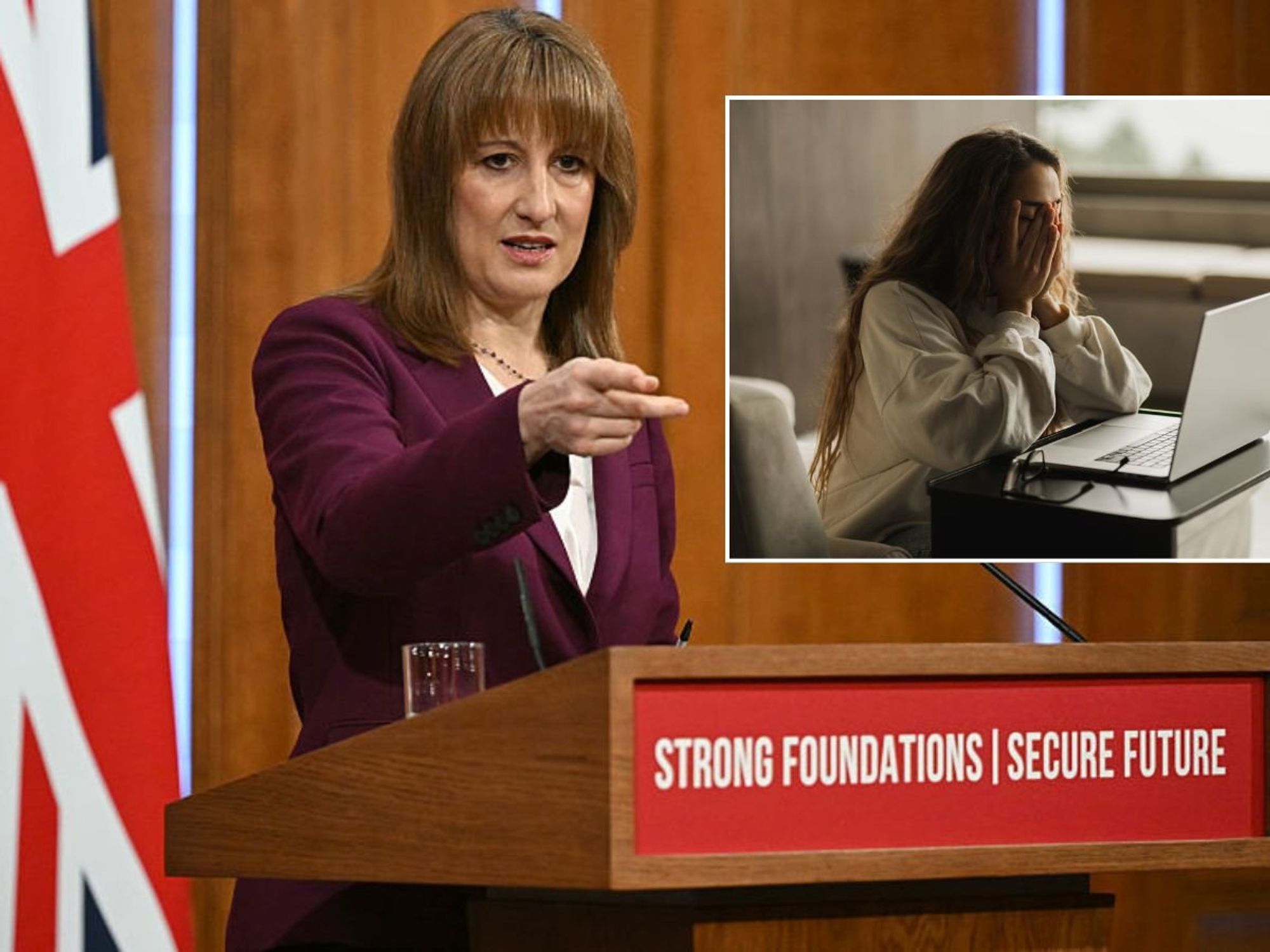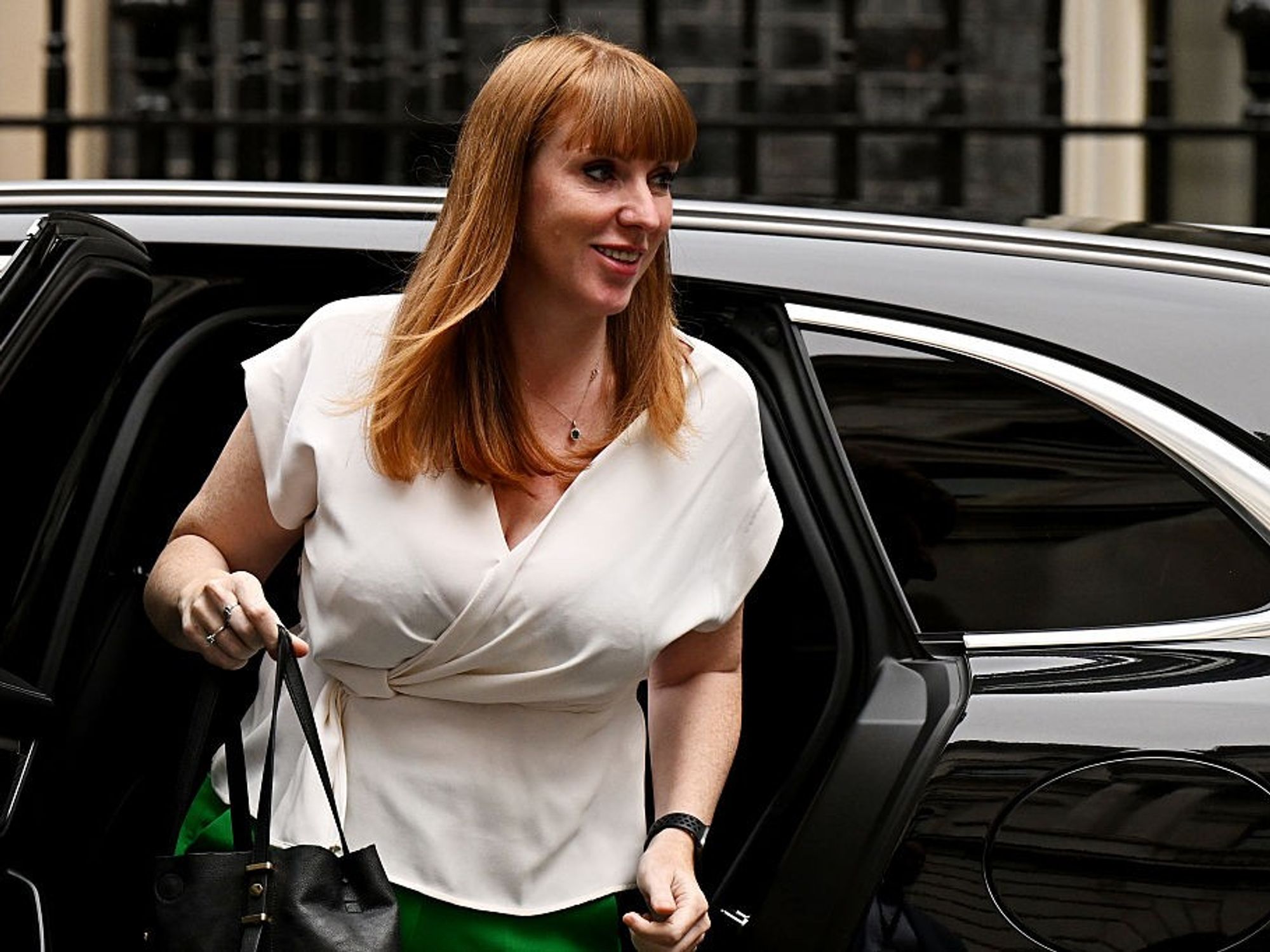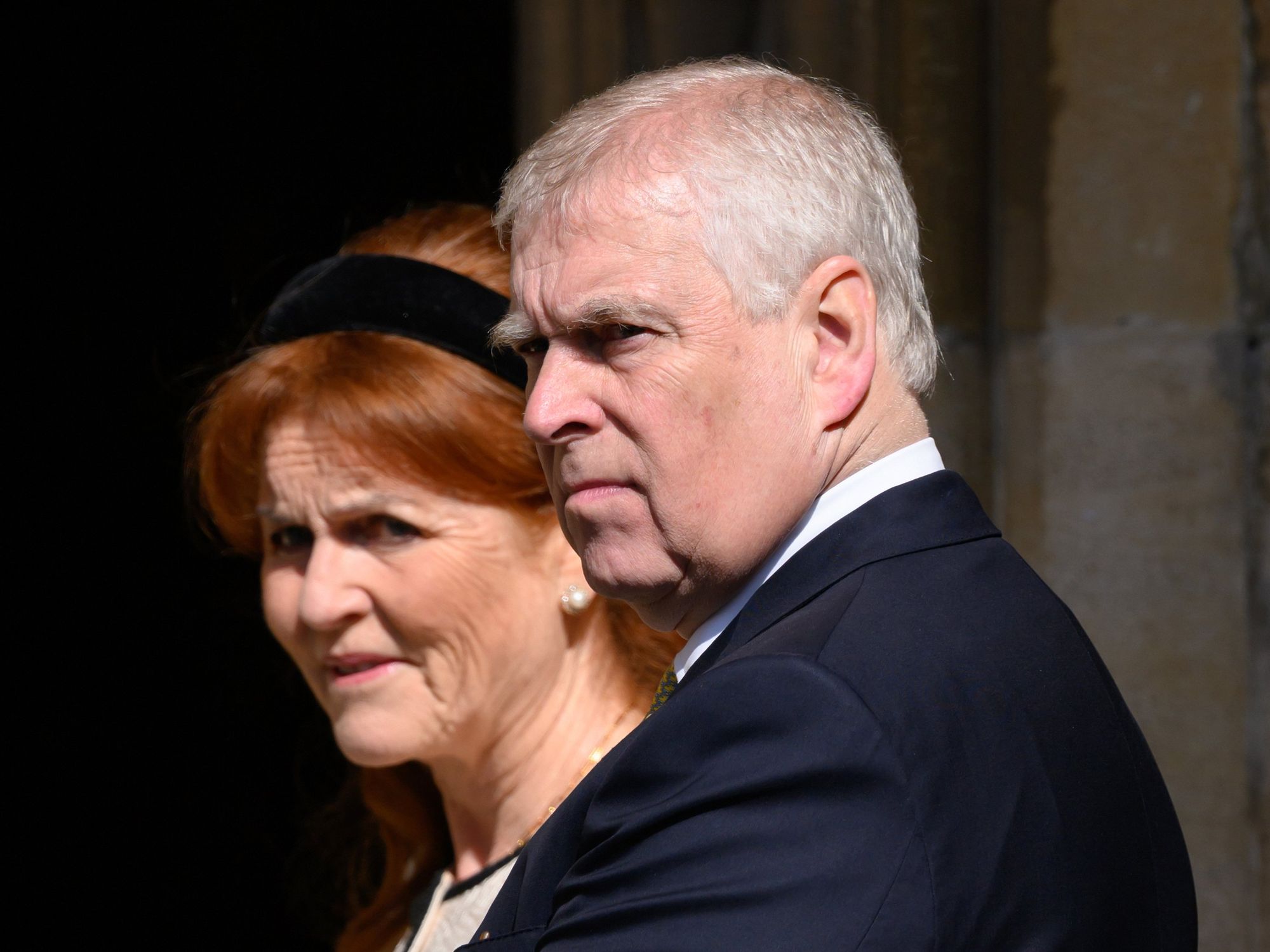Archaeology breakthrough as crews unearth relics of enslaved children at site of 1760s school

The Williamsburg Bray School was established by an England-based Anglican charity to bring religious education to enslaved people
Don't Miss
Most Read
Archaeologists have uncovered the near-complete foundation of the 1760s Williamsburg Bray School beneath William & Mary's Gates Hall during renovation work.
The discovery includes a previously undocumented cellar measuring 36 by 18 feet with two distinct levels.
Tom Higgins, supervising the fieldwork, called it "one of the most unique projects he's worked on in 40 years."
The team has excavated a chimney base alongside hundreds of artefacts.
The Bray School, which educated enslaved and freed Black children before the American Revolution, is considered one of the oldest surviving buildings in the United States where Black children received formal education.
The Williamsburg Bray School was established by an England-based Anglican charity to bring religious education to enslaved people.
It taught hundreds of mostly enslaved Black children aged three to ten at a time when such education was rare.
The charity sought to convince students that their circumstances were ordained by God, according to the Colonial Williamsburg Foundation.
LATEST DEVELOPMENTS: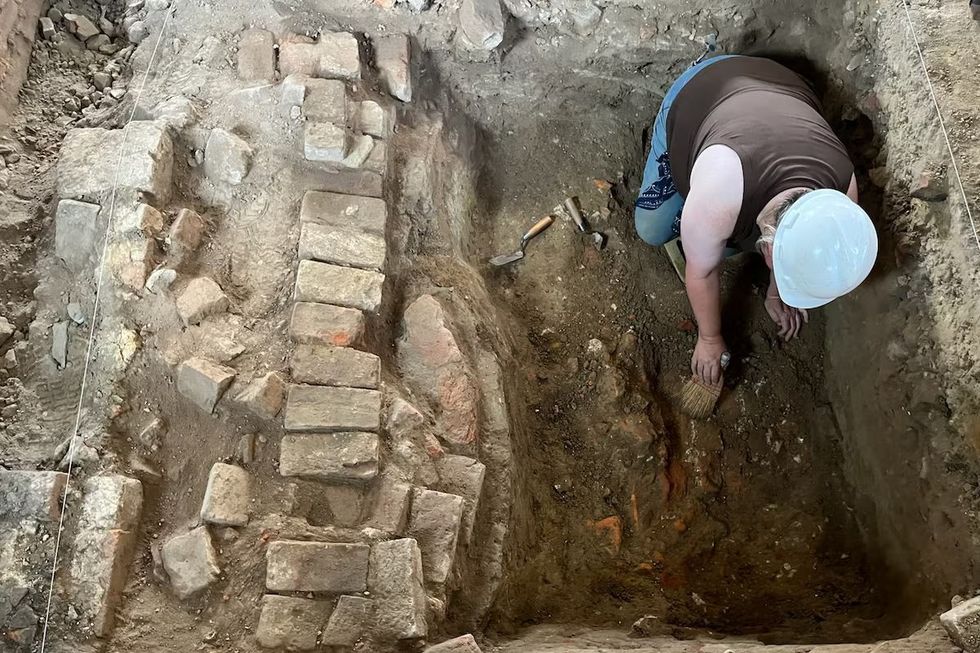
Archaeology breakthrough as crews unearth relics of enslaved children at site of 1760s school
|William & Mary Archaeological Research Centre
Some free Black children also attended the school, which required students to attend seven days a week and gather on Sundays for church.
After the school closed, Virginia banned education for enslaved people, fearing the power that knowledge could provide.
The building was later expanded and housed Methodist women attending William & Mary from 1924 to 1930.
Excavations have revealed artefacts spanning multiple centuries.
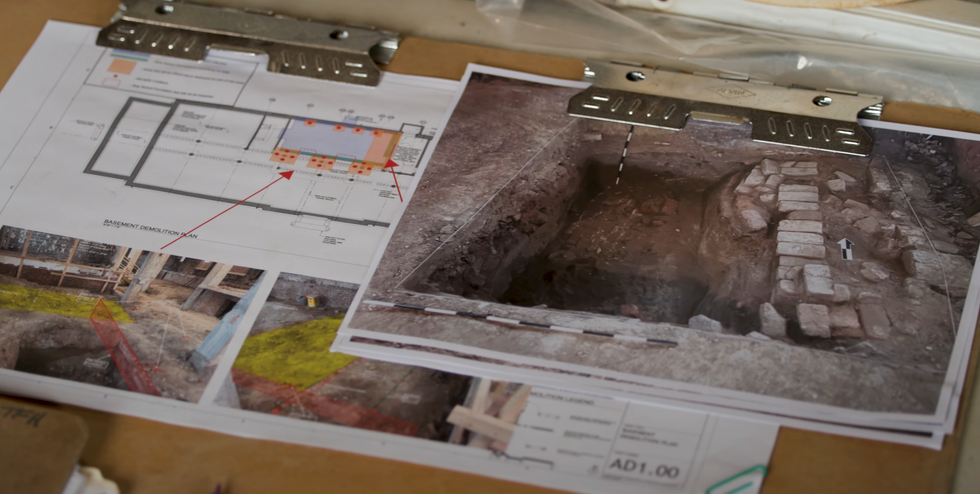
Some free Black children also attended the school, which required students to attend seven days a week and gather on Sundays for church
|William & Mary Archaeological Research Centre
Higgins reported finding "pieces of slate pencils possibly dating back 250 years, a wig curler, jewelry, a pottery fragment known as a colonoware sherd that is typical of ceramics made by enslaved Africans during the 1700s."
The team also discovered broaches and ceramics likely from when the building served as a dormitory for female students during William & Mary's early coeducation period.
Additional finds include buttons of various materials, white clay pipes, and a 20th-century glass piece depicting Minerva, the Roman goddess of wisdom.
"We're finding such an amazing range from the 18th century to the 20th century," Higgins said. "It's thrilling."

Colonial Williamsburg, William & Mary and descendants of Bray School students dedicated the restored building
|William & Mary
The Bray School museum opened to the public on Thursday following restoration work by the Colonial Williamsburg Foundation.
Last year, Colonial Williamsburg, William & Mary and descendants of Bray School students dedicated the restored building.
The excavation began after a $30million anonymous donation to transform the vacant Brown Hall into Robert M Gates Hall, named after the former US Defence Secretary.
William & Mary plans to incorporate the archaeological discoveries into an exhibit in Gates Hall, outlining the original school's foundation on the floor.
"We are not done understanding the history of the Williamsburg Bray School, the history of Black education," said Maureen Elgersman Lee, director of the W&M Bray School Lab.
The development comes just days after archaeologists made a breakthrough following the discovery of a sperm whale tooth was discovered at a key archaeological site in southwest Spain
The fossil, unearthed in 2018, represents the first whale tooth from the Copper Age period found in Iberia, according to new research published in PLOS One.
The discovery at what researchers describe as a "mega-village" offers a rare glimpse into how prehistoric coastal communities utilised marine resources.
The tooth was found at the Valencina site, where Copper Age people lived between 5,300 and 4,150 years ago in what was then a coastal settlement.






